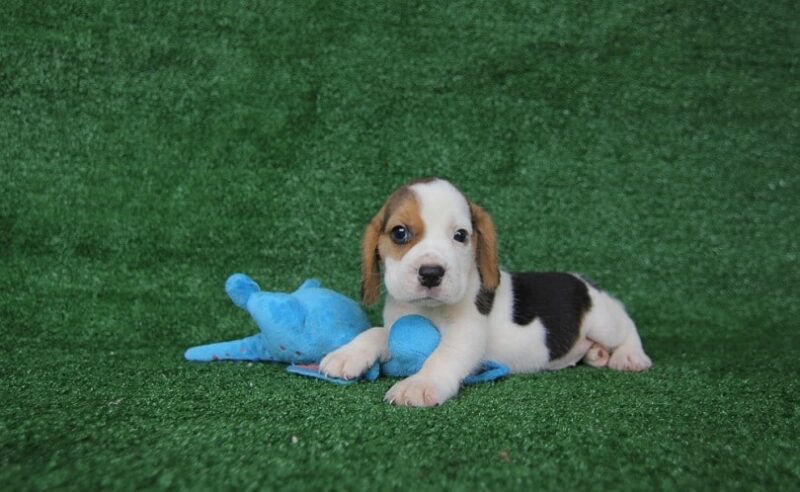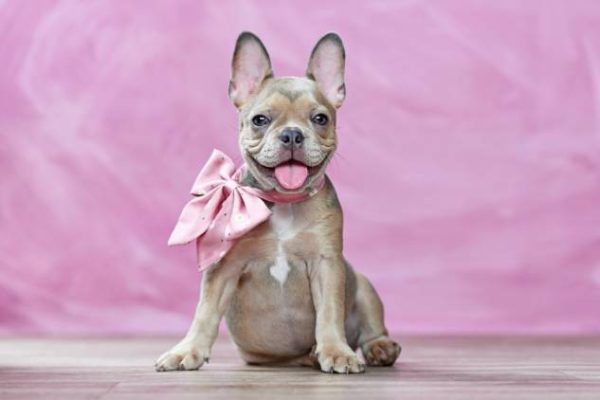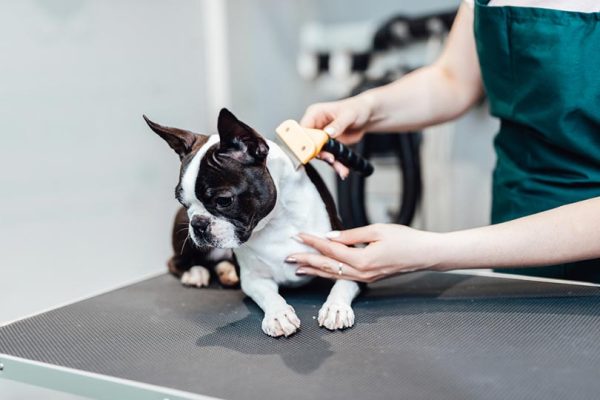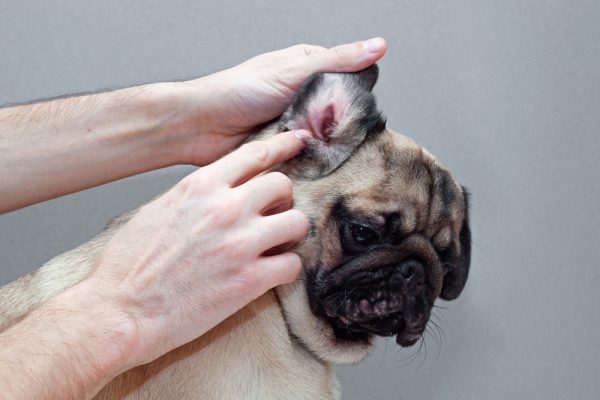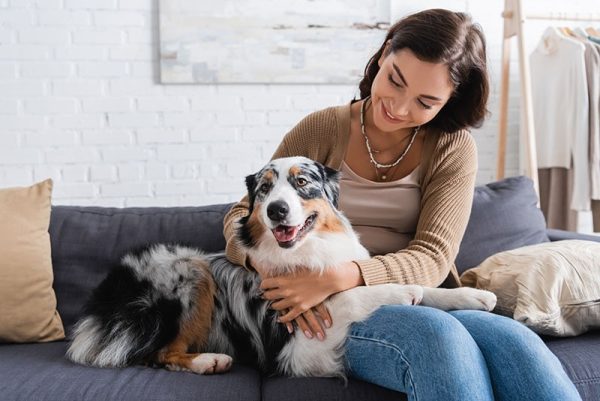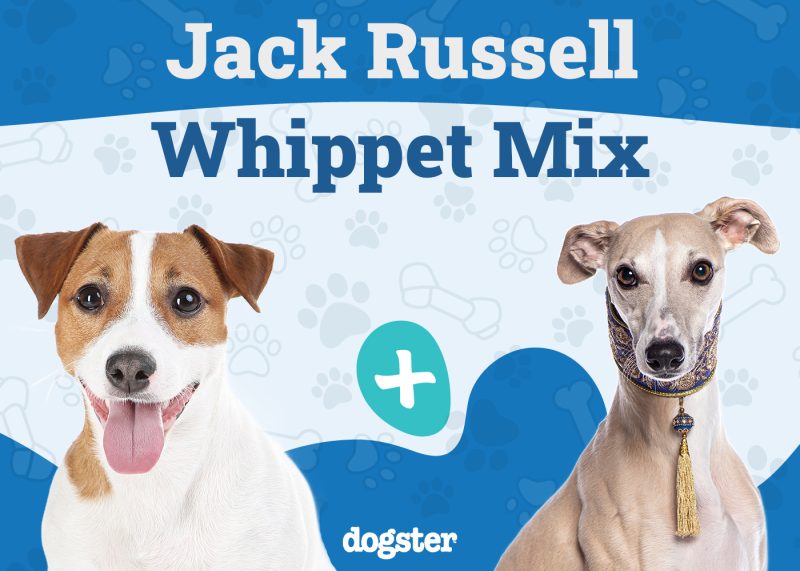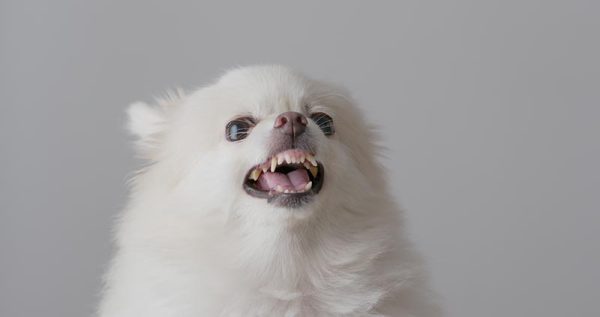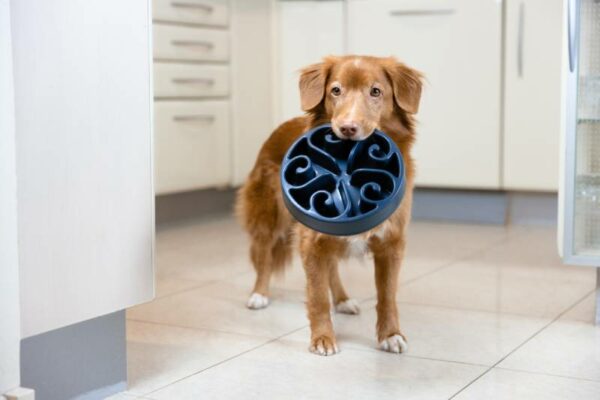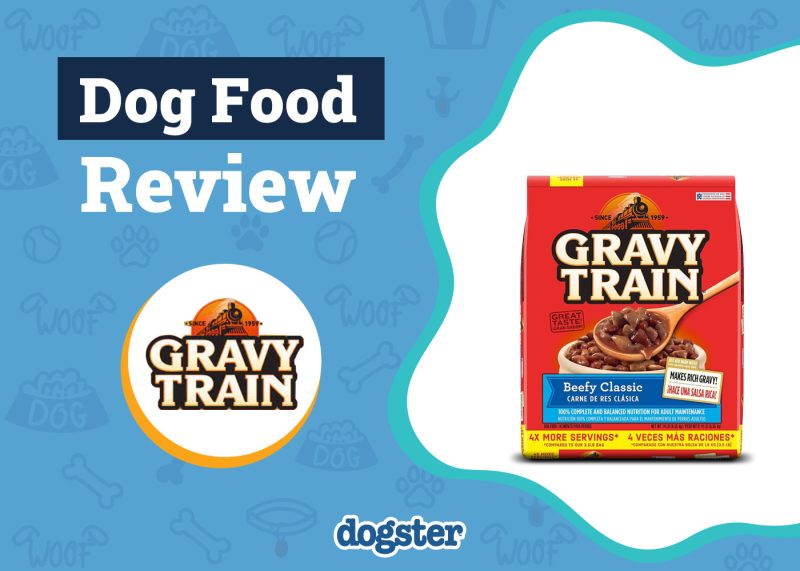There’s nothing quite like a life with a Beagle. These adorable, friendly scent hounds have a lot of wonderful characteristics that make them loved by many. Any time you bring home a new puppy, regardless of the breed, potting training is something you will want to get started right off the rip.
As much love and joy as a Beagle will bring into your life, you are bound to be met with some challenges. These pooches have a stubborn streak and are notoriously more difficult to potty train. It can certainly be done, though. So here are 7 simple steps to walk you through the process.

The 7 Steps to Train a Beagle Puppy
1. Make Sure They Use Their Crate
Crates are meant to be a safe space for your puppy. Professionals highly recommend crate training any new pup brought into your home because it has many benefits for both you and your four-legged companions, including assisting in the potty-training process.
Dogs do not prefer to go to the bathroom where they sleep, especially when it’s their comfortable, limited space. Make sure you have an appropriately sized crate for your puppy, which means they have just enough room to stand up, turn around, and stretch out comfortably.
Mastering crate training will be very helpful in the rest of the process. Always make sure to crate your puppy whenever you leave the home or must leave them unsupervised.
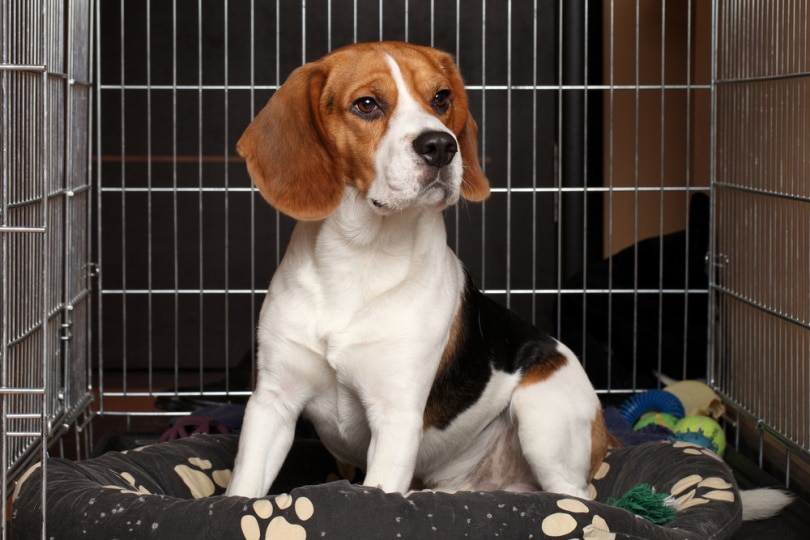
2. Get on a Schedule
Keep your Beagle on a regular schedule for both feedings and potty breaks as soon as they come home. Offer meals on a consistent, regular schedule each day then out to the potty anywhere from 5 to 30 minutes after they eat or drink.
Puppies have less bladder control than adult dogs and cannot hold it as well. Smaller dogs like beagles will also have a harder time holding it due to their size, so remember this is a process that takes time. Be patient and consistent with your schedule and use the following as a guideline.
- In the morning after they wake up
- After they wake up from each nap
- Between 5 and 30 minutes after each meal (or if they’ve drank a lot of water)
- A set time in the evening
- At night right before you crate them for bed
- Set an alarm one to two times throughout the night (when they are super young with less control)
- Any time they show any urgency, like sniffing around or pacing
3. Limit Your Puppy’s Freedom (For Now) and Supervise
It doesn’t sound like a lot of fun to put limits on your brand-new puppy, but it’s for the best during the potty-training process. Your puppy should not be able to free roam the entire house when they have not yet picked up the concept of potty training. We recommend gating your puppy in the family room or the area you are spending time in and supervising them closely.
Beagles are scent hounds with a desire to wander around and explore all the smells they are picking up in their environment. You don’t want them wandering into another area of the house and having an accident.
If they are with you, you can observe their behavior and get them outside more easily. Introduce new areas of the home slowly and always supervise them during their younger days. They are babies, after all.
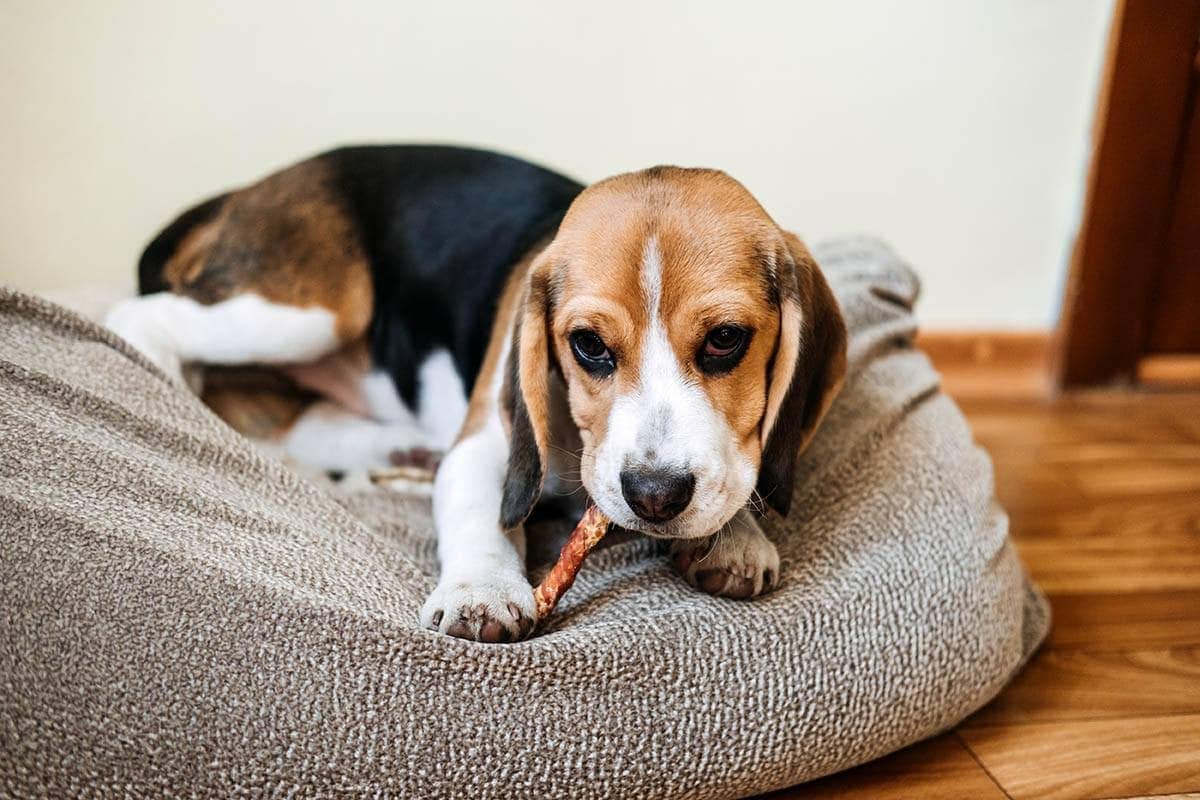
4. Use Puppy Pads
Puppy pads can be a very helpful tool during potty training and can aid in the process, especially when your Beagle is very little, so we highly recommend taking advantage of them.
Not only do they make clean-up much easier and simpler, but they also prevent any damage that could be done to the floors.
You can start by encouraging your pup to use the pad and reward them when they’re successful. Slowly move the pad closer and closer to the door they will be used to going outside once they catch the drift.
Eventually, you can move the pads outside and then gradually remove them entirely. Pads don’t work for every dog, so don’t get discouraged if your pup doesn’t take well to them.
5. Find Your Cue
You are going to need various cues for all aspects of training your Beagle. These cues are how they understand what you need from them. So, in addition to the basics like “sit,” “stay,” “heel,” and more, you will need a verbal cue that indicates it’s time to go outside.
Phrases like “let’s go out,” “outside,” or “let’s go potty” are all common cues taught during the process. It may take some time for your beagle to pick up the cues but remember this breed can be a bit stubborn so make sure to be patient as they learn all this new information.

6. Give Praise and Reward
We cannot stress enough the benefits of positive reinforcement training. The fastest and most effective way to have success in any type of training is by reward-based positive reinforcement when your puppy performs a desired behavior, including going outside to potty.
Always have their favorite treats handy when you take them out and reward them when they do their business. Get a very happy and excited tone when you tell them what a good boy or girl they are because your excitement will help build their confidence.
Give them lots of love and pets and try using your cue when you reward them for a job well done. Remember, always have a stash of healthy treats on hand or use small bites of kibble for a reward.
7. Be Patient and Consistent
The time it takes to fully potty train the average puppy is anywhere from 4 to 6 months but with a smaller dog, it can take up to a year or more. Dogs are a big commitment, and you are in this for the long haul. It will be well worth it once your beagle has gotten the training down, though.
Remember to be consistent with their schedule and all aspects of potty training to ensure the best success. You are definitely going to need patience, as Beagles are a more stubborn breed that can be a bit more difficult to train.
Try your best not to get frustrated during the process and make sure you have plenty of cleaning supplies on hand like paper towels, enzymatic cleaners for the hard floors and carpets, a handy pet vacuum, and maybe even a carpet cleaner. They even make handheld spot cleaners for carpets that are great for the months spent potty training.
If you ever have any concerns about the process or any specific questions, you are encouraged to reach out to your veterinarian or a professional trainer for assistance.


Conclusion
Potty training is probably one of the most dreaded of training processes because it takes time, and patience, and involves a good deal of messes. Thankfully, during the time you are potty training, your adorable little puppy will be wooing you with their cuteness and showering you with love, which can make the process much easier. If you follow these steps and remain consistent with your Beagle, you will be well on your way to having a fully potty-trained pup.
Featured Photo Credit: Tony Kan, Shutterstock
